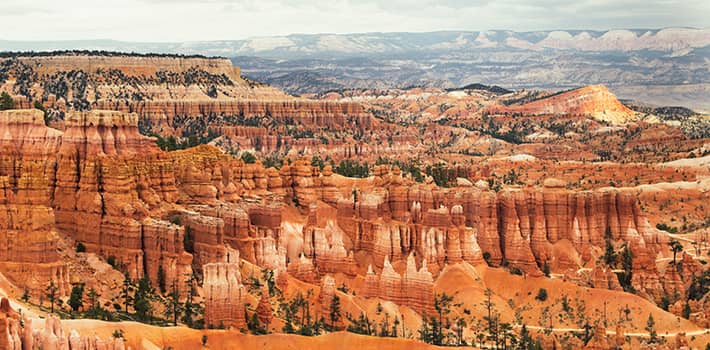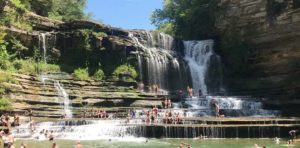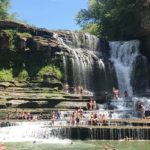Hoodoos (irregular columns of rock) exist on every continent, but Bryce Canyon in Utah has the largest concentration found anywhere on Earth. Situated along a high plateau at the top of the Grand Staircase, the park’s high elevations include numerous life communities, fantastic dark skies, and geological wonders that defy description.
Bryce Canyon is not a single canyon, but a series of natural amphitheaters or bowls, carved into the edge of a high plateau. The most famous of these is the Bryce Amphitheater. Perhaps every visitor to the park will spend at least some time marveling at its four main viewpoints, all found within the first few miles of the park: Bryce Point, Inspiration Point, Sunset Point, and Sunrise Point. Between April and October, a shuttle is operated in this area of the park to reduce congestion.
Other viewpoints are found all along the park’s 18-mile main road which travels from the park’s only entrance in the north along the plateau rim to its highest elevations in the south (over 9,000 ft / 2,743 m). Hiking trails explore the forests of the plateau, connect between viewpoints along the rim of the Bryce Amphitheater, and wander through the hoodoos below.
Address: UT-63, Bryce Canyon City, Utah 84764
Coordinates: 37.5930° N, 112.1871° W
Website: https://www.nps.gov/brca/index.htm



